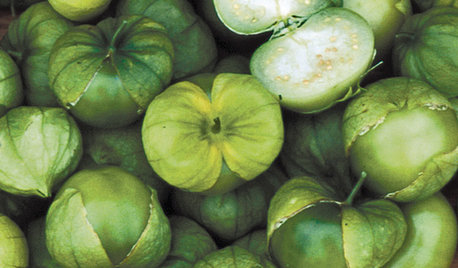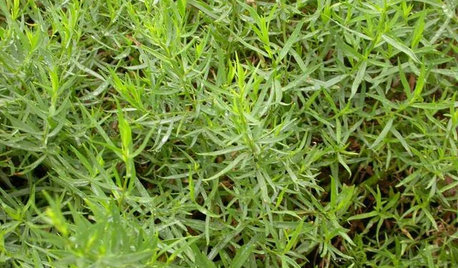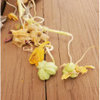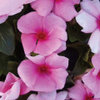Growing seeds in Perlite
joannacala
16 years ago
Related Stories

CONTAINER GARDENS8 Easy Container Plants to Grow From Seed
Get beautiful blooms and herbs in summer by starting these choice garden picks from seed in spring
Full Story
GARDENING GUIDESSeeds or Seedlings? How to Get Your Garden Started
Growing delicious herbs and vegetables starts with knowing your goals and when you want to plant
Full Story
FARM YOUR YARDHow to Grow Vegetables in Containers
Get glorious vegetables and fruits on your patio with a pro’s guidance — including his personal recipe for potting mix
Full Story
HOUSEPLANTSHow to Grow Orchids Indoors
Orchids are the exotic aristocrats of the flower world and can make themselves comfortable in almost any home
Full Story
MOST POPULARSummer Crops: How to Grow Sunflowers
Savor snack-tastic sunflower seeds once the radiant blooms have faded — if the birds have saved you any, that is
Full Story
WINTER GARDENINGExtend Your Growing Season With a Cold Frame in the Garden
If the sun's shining, it might be time to sow seeds under glass to transplant or harvest
Full Story
GARDENING GUIDESHow to Plant a New Lawn From Seed
Choose from more grass varieties and save money over sod by starting your lawn from seed
Full Story
SUMMER FRUITS AND VEGETABLESSummer Crops: How to Grow Tomatillos
Grow this Mexican native for the freshest salsa verde — and for fewer problems than its tomato cousins
Full Story0

EDIBLE GARDENSHerb Garden Essentials: Grow Your Own Tarragon
Cooks swear by the spicy anise flavor of this seasoning, which is a favorite in French cuisine
Full Story
SUMMER FRUITS AND VEGETABLESSummer Crops: How to Grow Beans
Grow your own beans for amazing variety and healthy, convenient produce all summer
Full Story







calistoga_al ca 15 usda 9
origami_master
Related Professionals
Bridgetown Landscape Architects & Landscape Designers · Otsego Landscape Architects & Landscape Designers · Willowick Landscape Architects & Landscape Designers · Elgin Landscape Contractors · Brandon Landscape Contractors · Kahului Landscape Contractors · Mastic Beach Landscape Contractors · Paramus Landscape Contractors · Selden Landscape Contractors · Thonotosassa Landscape Contractors · Enterprise Carpenters · Miami Carpenters · Rancho Santa Margarita Carpenters · Lexington Fence Contractors · Olive Branch Fence Contractorsarjo_reich
dicot
calistoga_al ca 15 usda 9
rhizo_1 (North AL) zone 7
tommie_jo
calistoga_al ca 15 usda 9
jimnoak